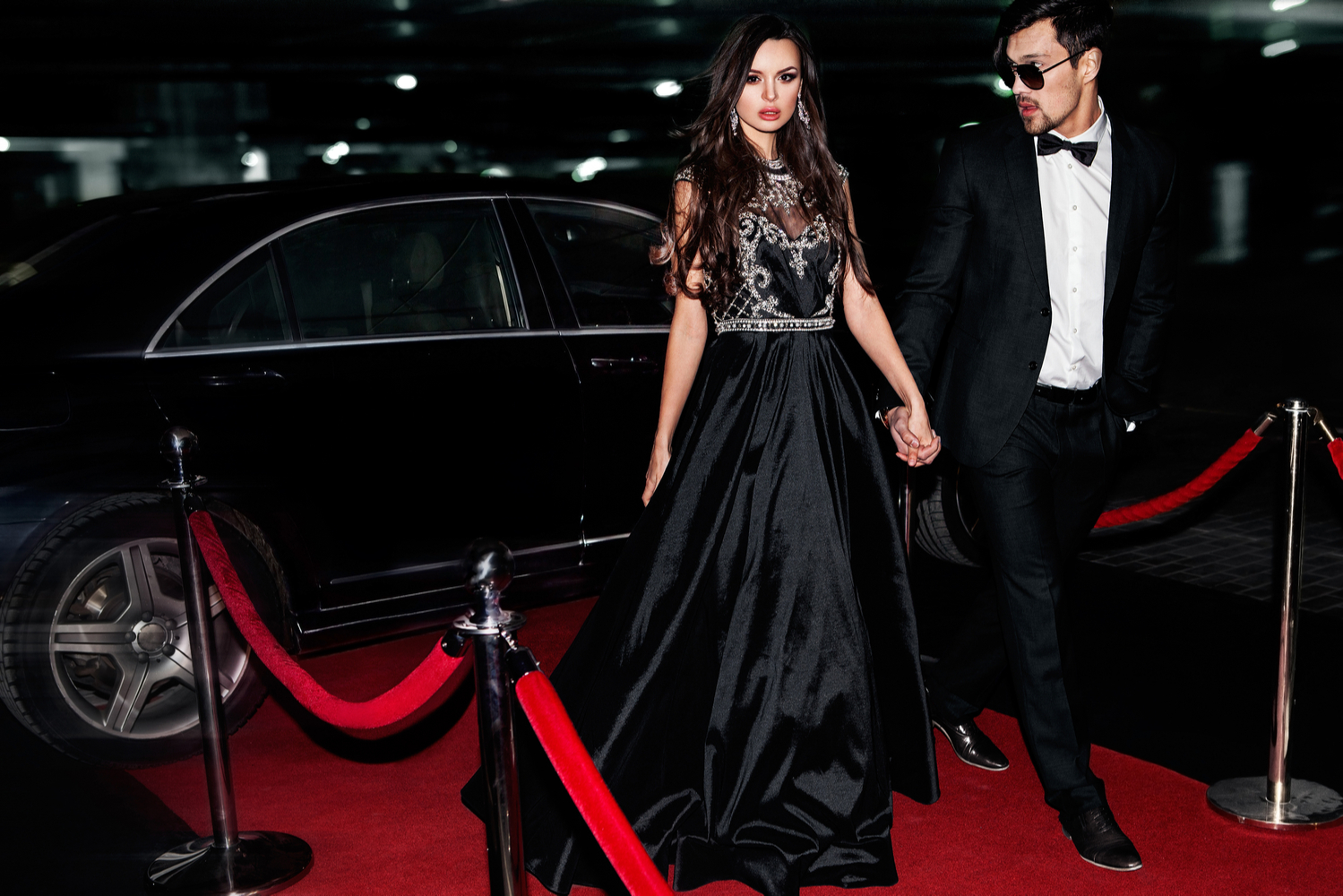The dreaded Dress Code. Loved by some, loathed by many (specifically those who don’t like to have their freedom and creativity of expression oppressed, or don’t have any clothes in their wardrobe suitable to the stated dress code).
Maybe we don’t like to have our clothing choices dictated to us. But when hosting or attending corporate events, weddings and large functions, having a theme to dress by can make preparations so much easier.
For the host, it helps set the theme and tone for the event. It also saves a lot of calls and emails from guests wondering what to wear. Most importantly, as host, you don’t want any guests feeling uncomfortable on the evening because they are overdressed or underdressed.
As a guest, having a clear idea of the dress code saves you the pain of indecision and worry in the leadup to the event (“Is this dressy enough? What’s Cheryl wearing? Do I need heels or can I do quirky Converse-with-ballgown?”). With a well-communicated dress code, you’re free to enjoy the event without any anxiety around your level of appropriateness (unless too much champagne happens. Then your level of appropriateness is in your own hands).
But what do all these dress codes actually mean? Smart casual vs business casual? Am I wearing reading glasses or a suit with sneakers? White tie – is it the same as black tie but everyone’s in white?
So that you can choose the best dress code for your next event, or ease the anxiety of dressing for your next invite, we’ve broken it down for you. With pictures. You’re welcome.


Casual
I assume you’re going to a BBQ or a beach party. This is your free-for-all dress code. In this instance, you just do you – whatever makes you feel comfortable and is suitable for the venue. The biggest danger here is being overdressed (‘’oh she said casual but I have this amazing new frock that I want to show off’’) – waste of frock, save it for an appropriate event where it will be appreciated.


Smart Casual
Now we get into trickier territory. Moving away from hoodies, sneakers or thongs, but still a generally informal and daytime wear vibe.
Women – keep it polished, flats or heels will both work. Accessories can be used to elevate your outfit.
Men – Denim, chinos or suit pants (different colour options are good here). Shirt or high-quality t-shirt. No tie.


Business
Likely to be used at corporate training events, seminars etc. Suits for both men and women are generally acceptable. Ties for men, heels for women. Closed-in shoes for both. If the host has specified “business” they most likely mean “corporate large accounting firm business”, not “entrepreneur living the dream in Costa Rica’’ business.


Business Casual
Think Casual Friday in a corporate office. You still need to look polished and professional, but you can lose the tie and break out a bit more colour. Maybe get a nice flirty knee-length dress happening. Go crazy. But not too crazy. Consider whether you’d still be comfortable to meet a high-end client in your Business Casual outfit. If not, it’s not business casual.
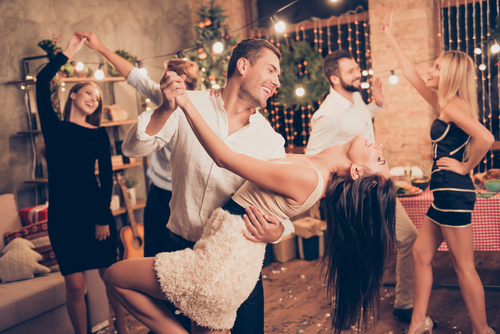

Cocktail
Allegedly everyone’s favourite, but probably the most misunderstood. On the Sunshine Coast especially, we have a large degree of confusion between Cocktail and Formal Wear. We also have a lot of parties, which is where cocktail shines.
Women – Show off those legs, lady! This is the time to bust out the above-the-knee hem. An evening pantsuit would also do the trick. Fun and beautiful is your mantra tonight!
Men – Suit, with or without tie. You can also do that sexy thing with the nice t-shirt under the suit (or is that just our preference?)
Formal
To better differentiate this from cocktail wear, we’re breaking this down into 3 different types of Formal (don’t groan, we’re almost there!). Hopefully your host breaks it down in detail so you’re not left guessing.
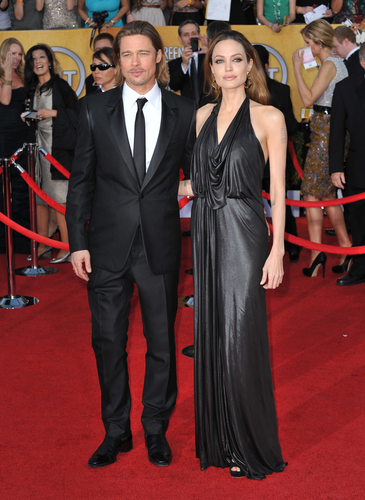

Lounge Suit
The least formal of the formal.
Women – Ankle or floor length gown. Dressy, but not coiffed-hair dressy.
Men – Suit with a tie (sure, go ahead and break out the pinstripes, totally acceptable at a cheeky lounge suit function).
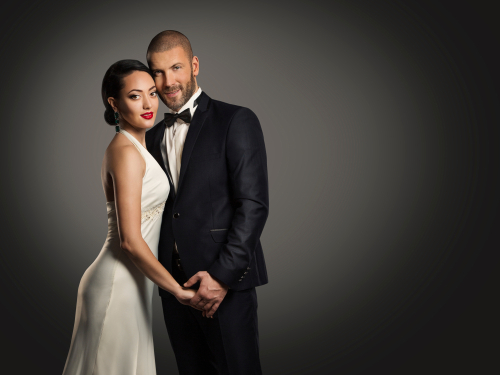

Black Tie
The most common formal dress code. Often mistaken for cocktail.
Women – Ankle or floor length gown (keep the short hems for your cocktail functions – does not matter how many sparkles are on your dress). No gloves. Hair fancied up a bit (out or up are both acceptable).
Men – Suit with a black bow tie (dead easy).
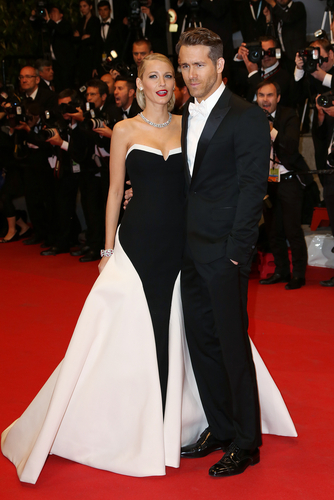

White Tie
The most formal of dress codes, not often seen anymore but likely to be found at super fancy weddings, balls and awards events. The strictest of dress codes, if the host has bothered to specify “white tie”, then your outfit is likely to be part of the event theming. With respect for your host, this isn’t the time to get rebellious – just pop your elbow length gloves on and channel your inner Jane Austen.
Women – Floor length gown. Gloves. Hair in an up-style (this is a definite trip to the hairdresser, your at-home GHD curls and a side-pony won’t cut it I’m afraid).
Men – Three-piece suit with vest and white bow tie.
There you have it, your own personal map of dress codes to help you navigate your next event. If you’re hosting an event and you’d like some help choosing the most appropriate dress code to suit your theming and create the desired atmosphere, reach out to Mask Events. We’ve got you covered.


